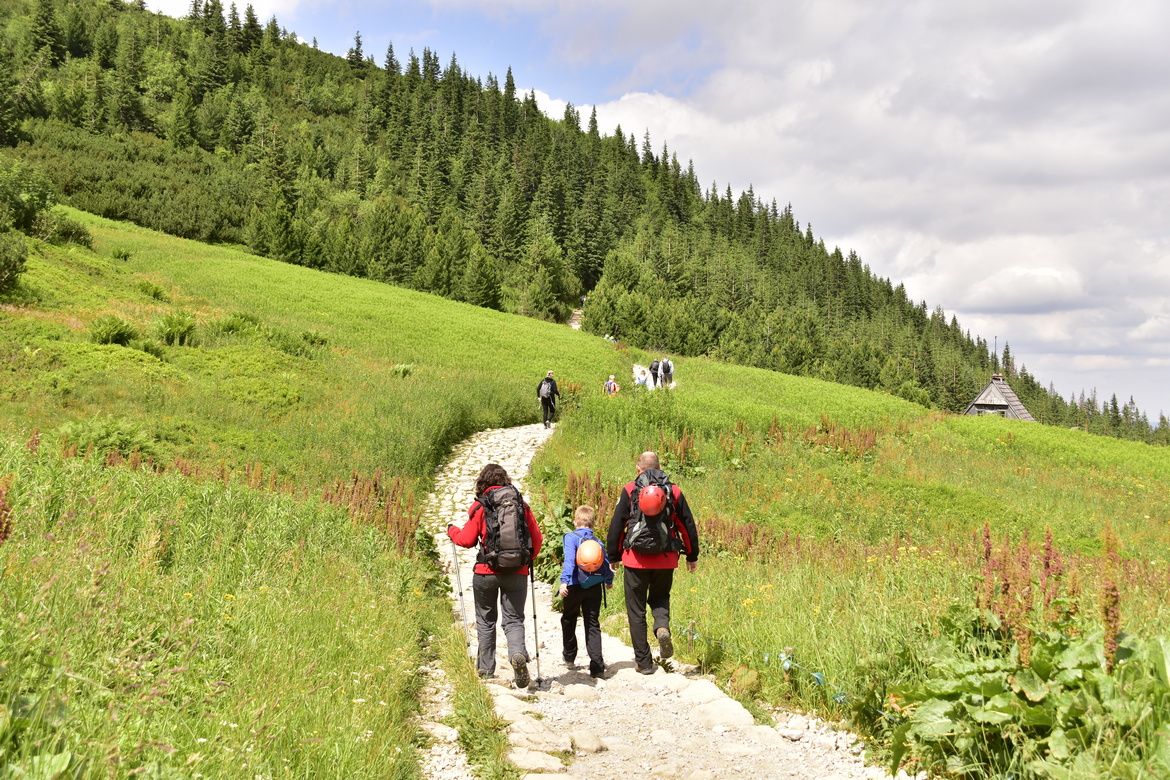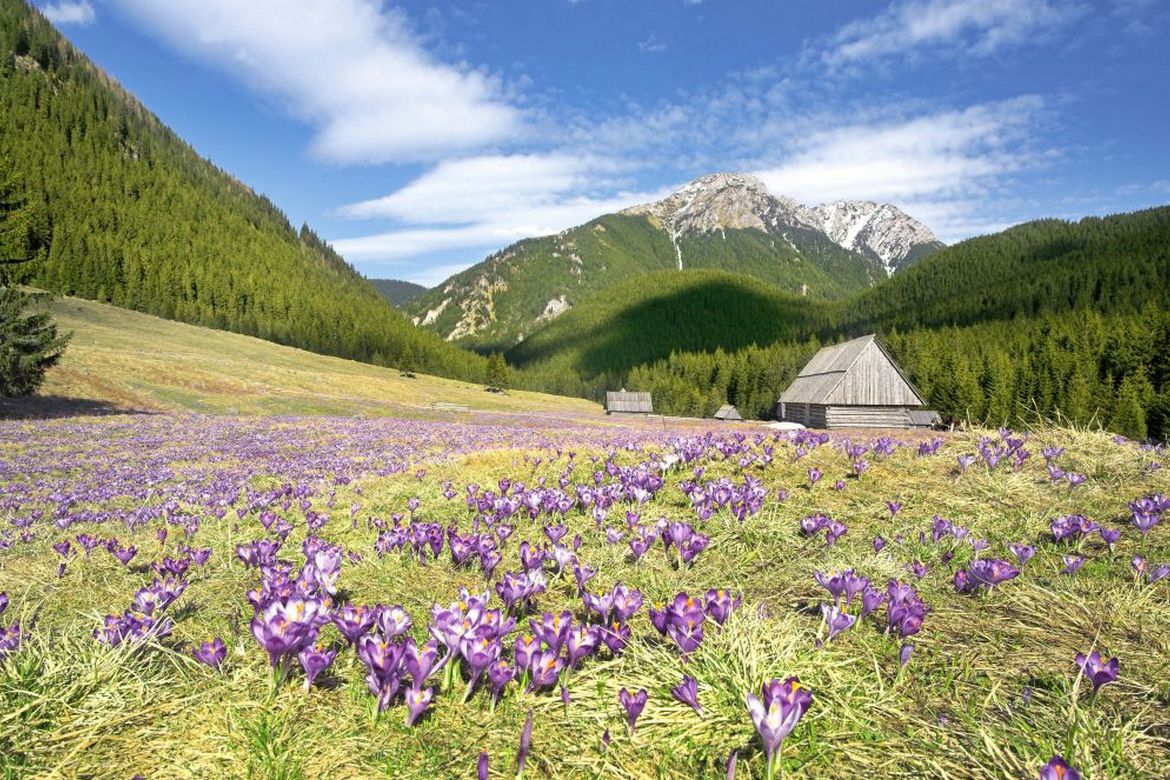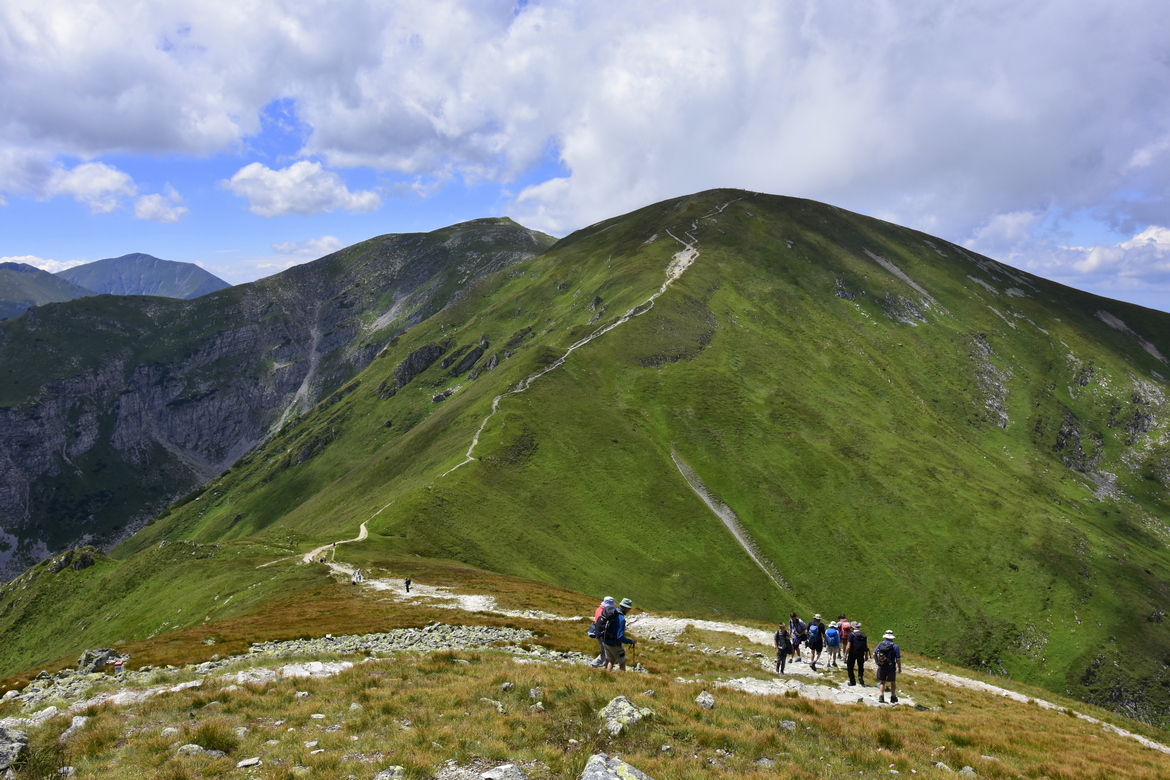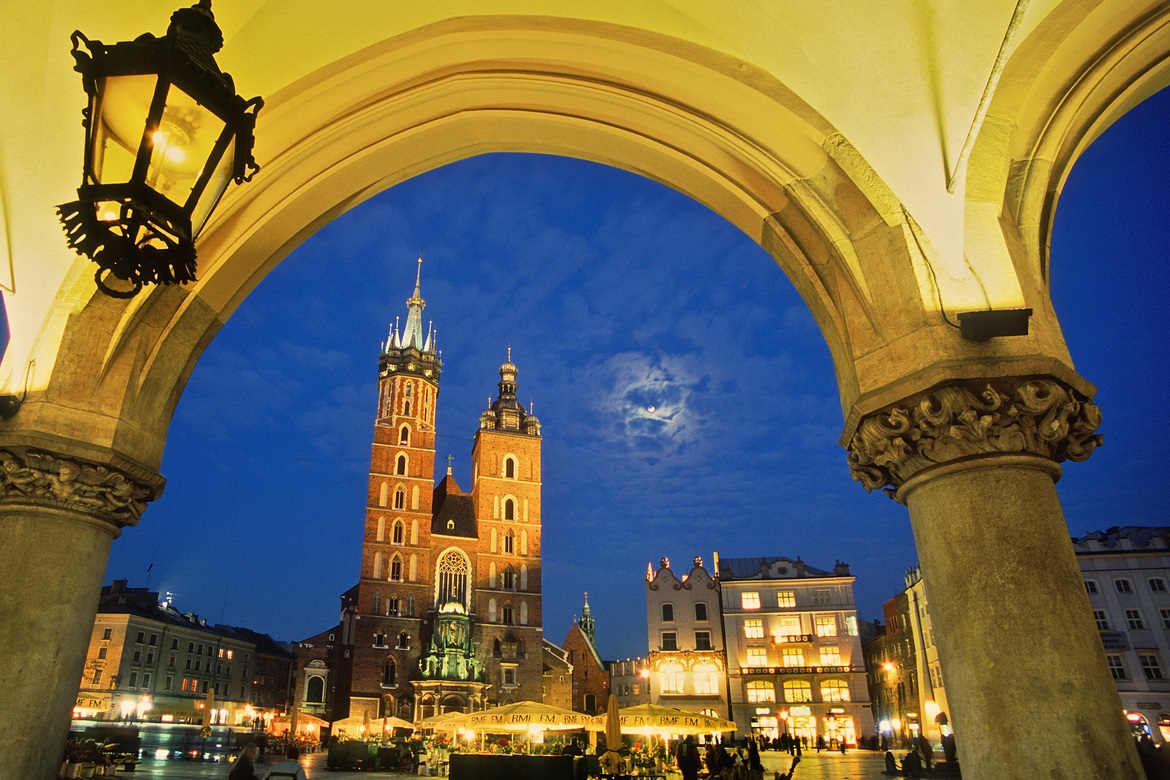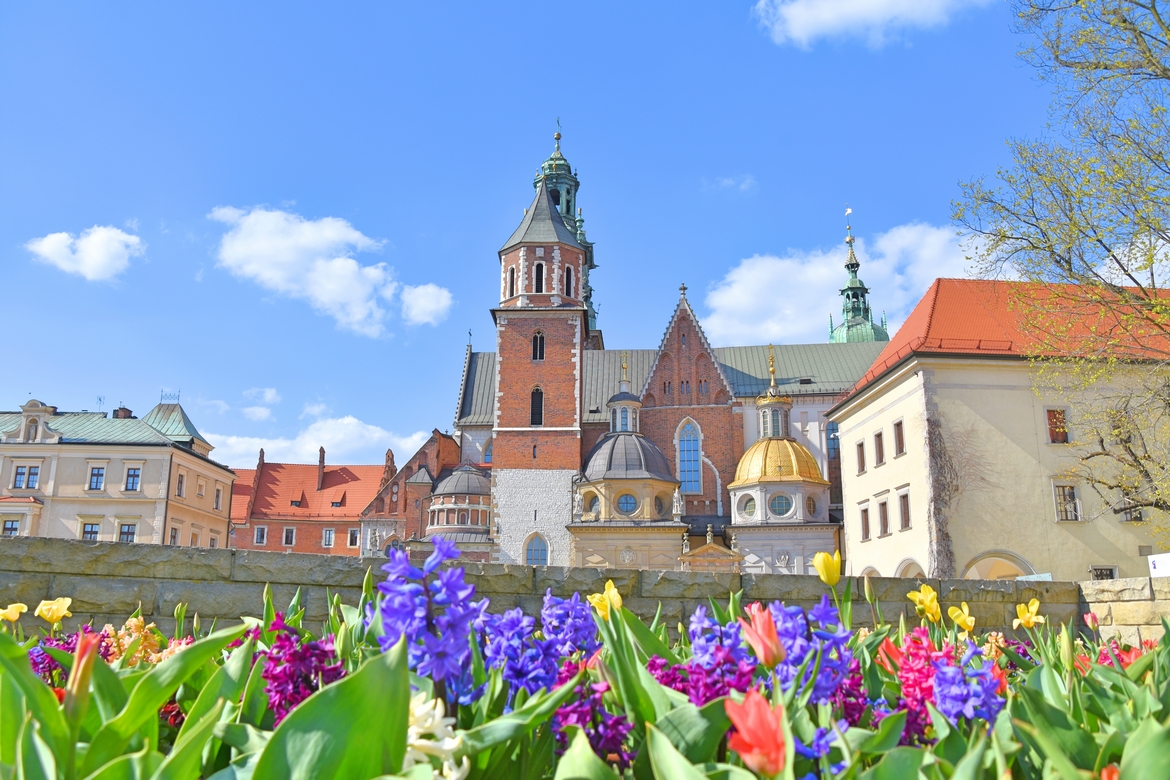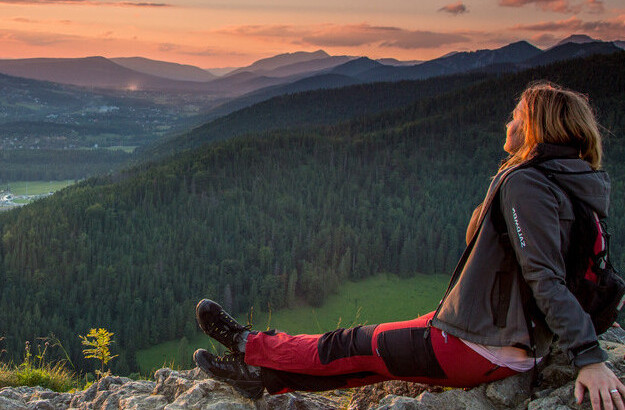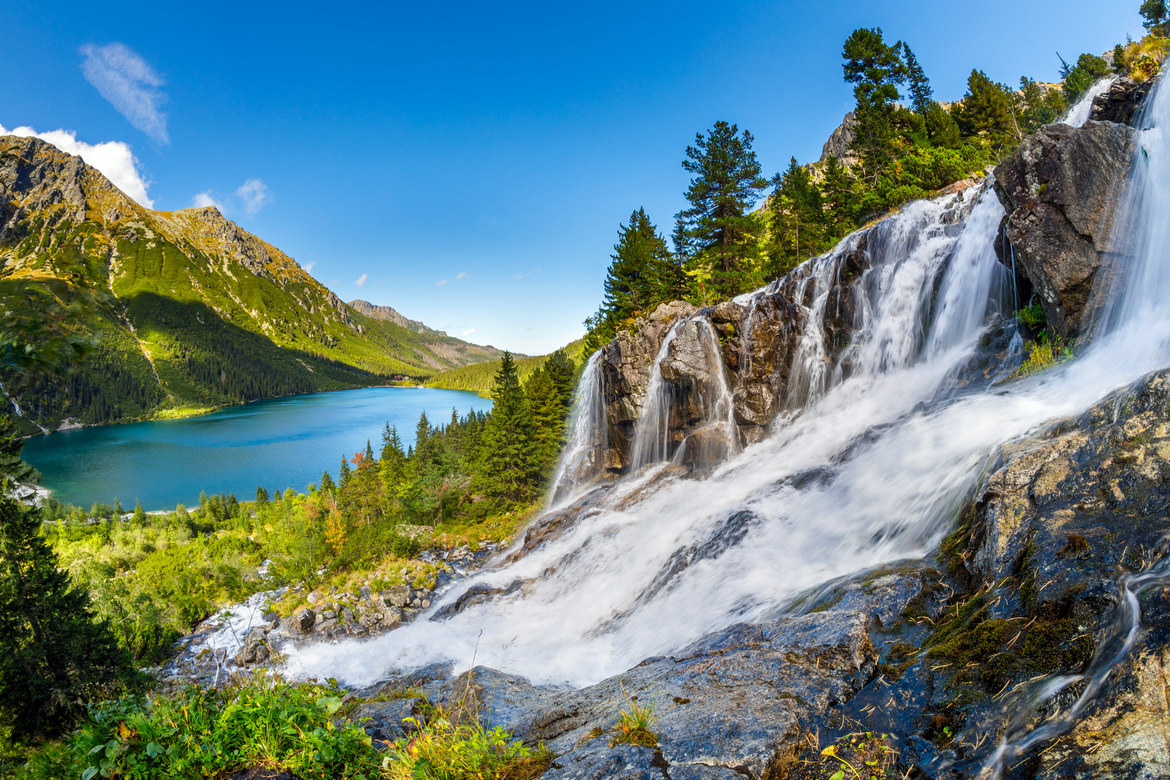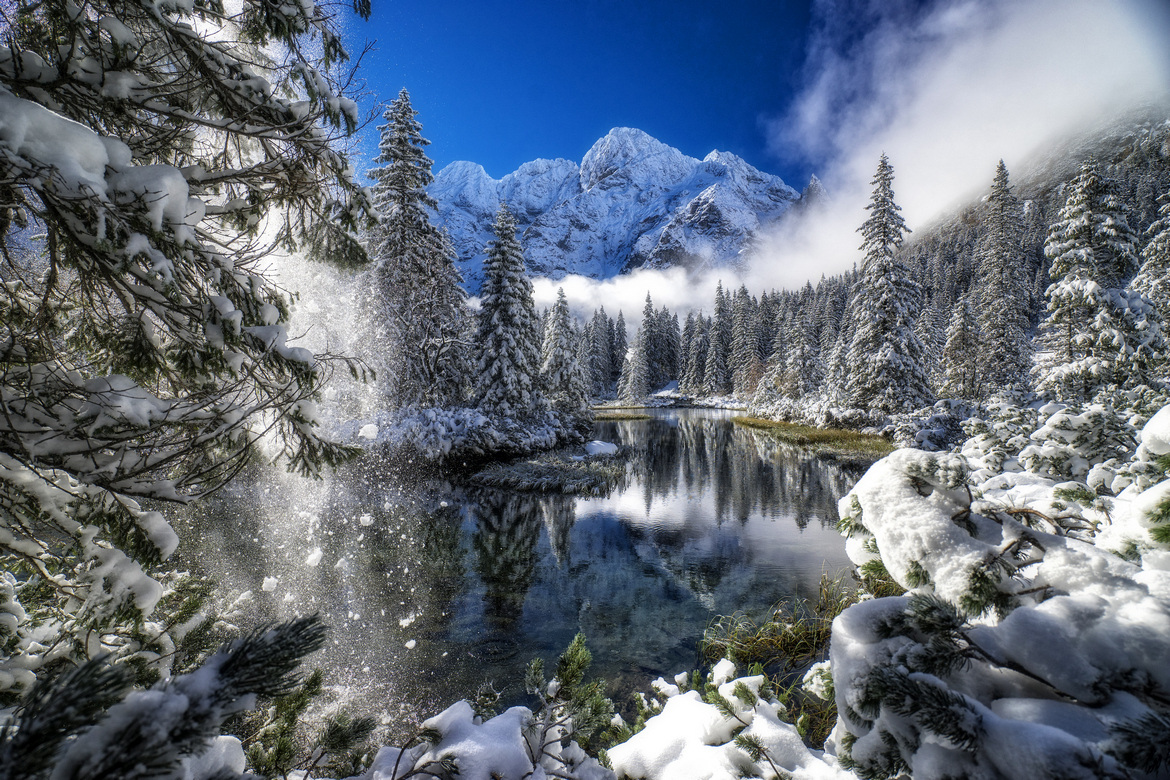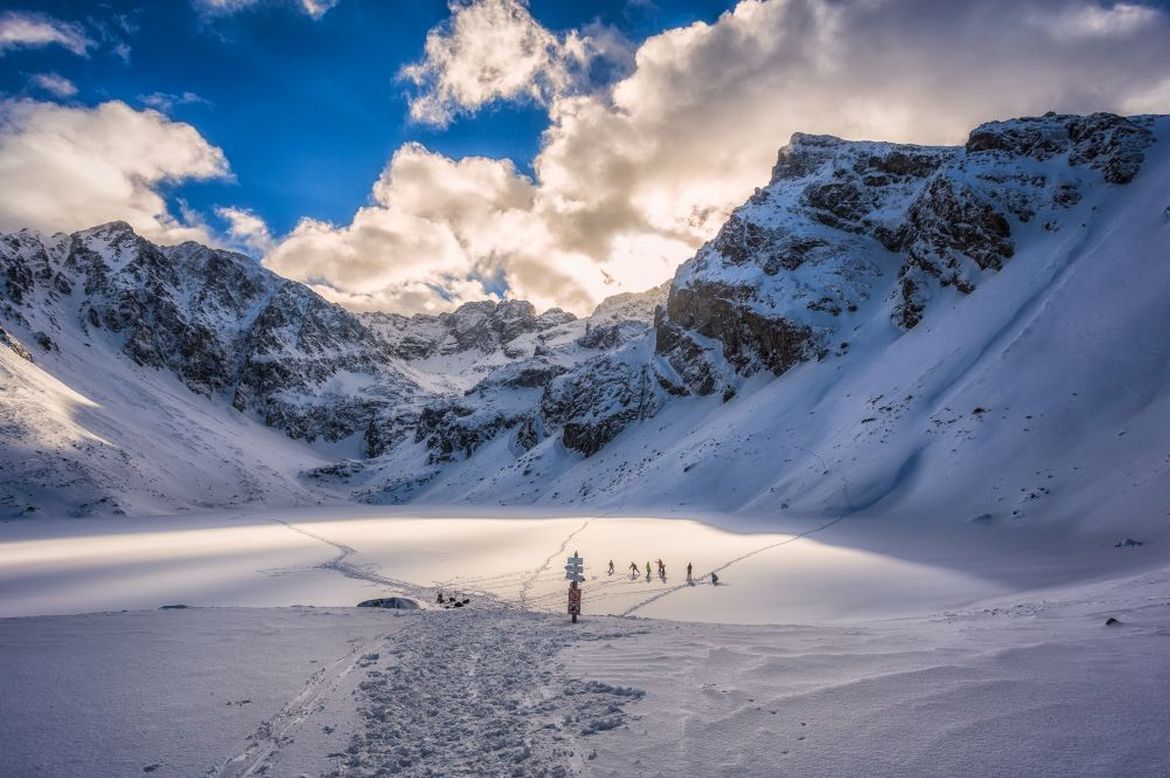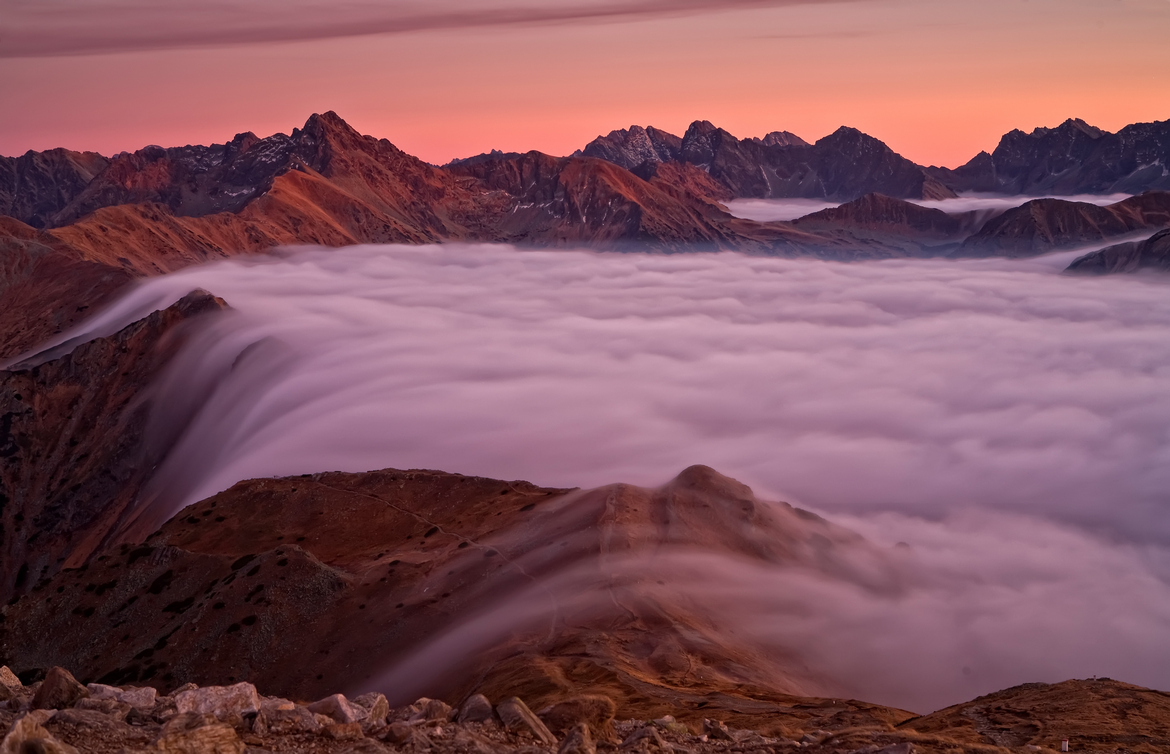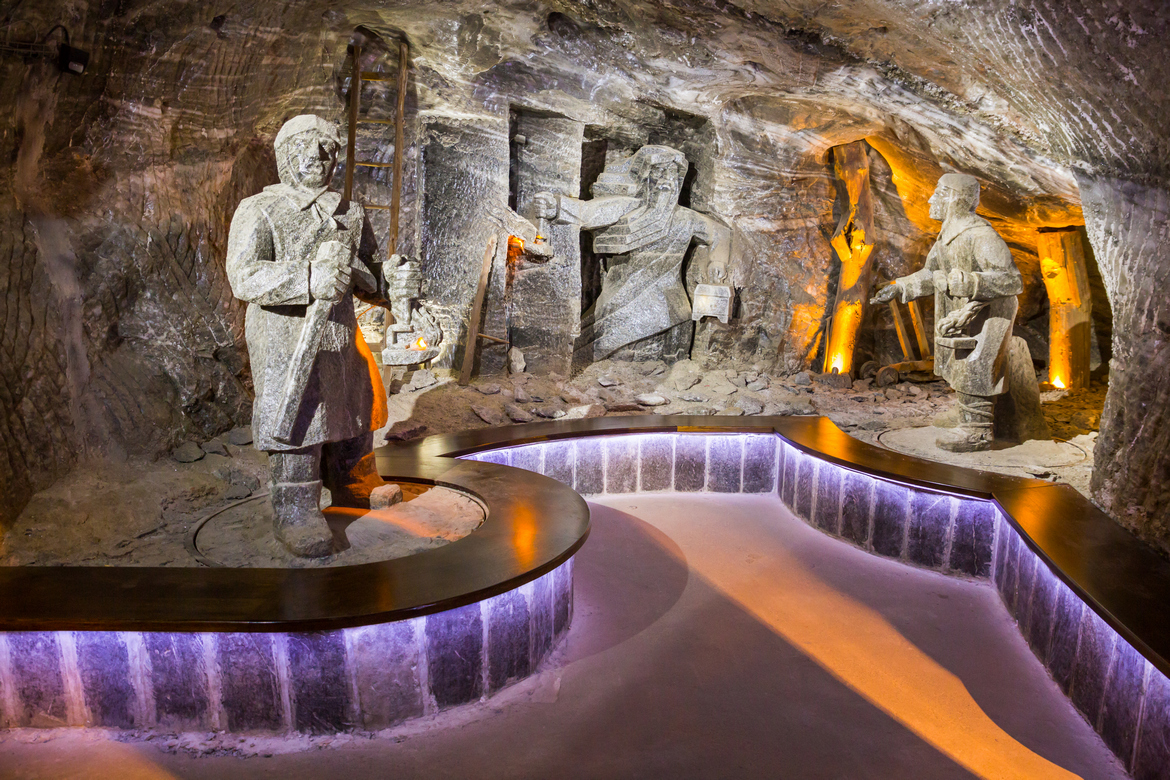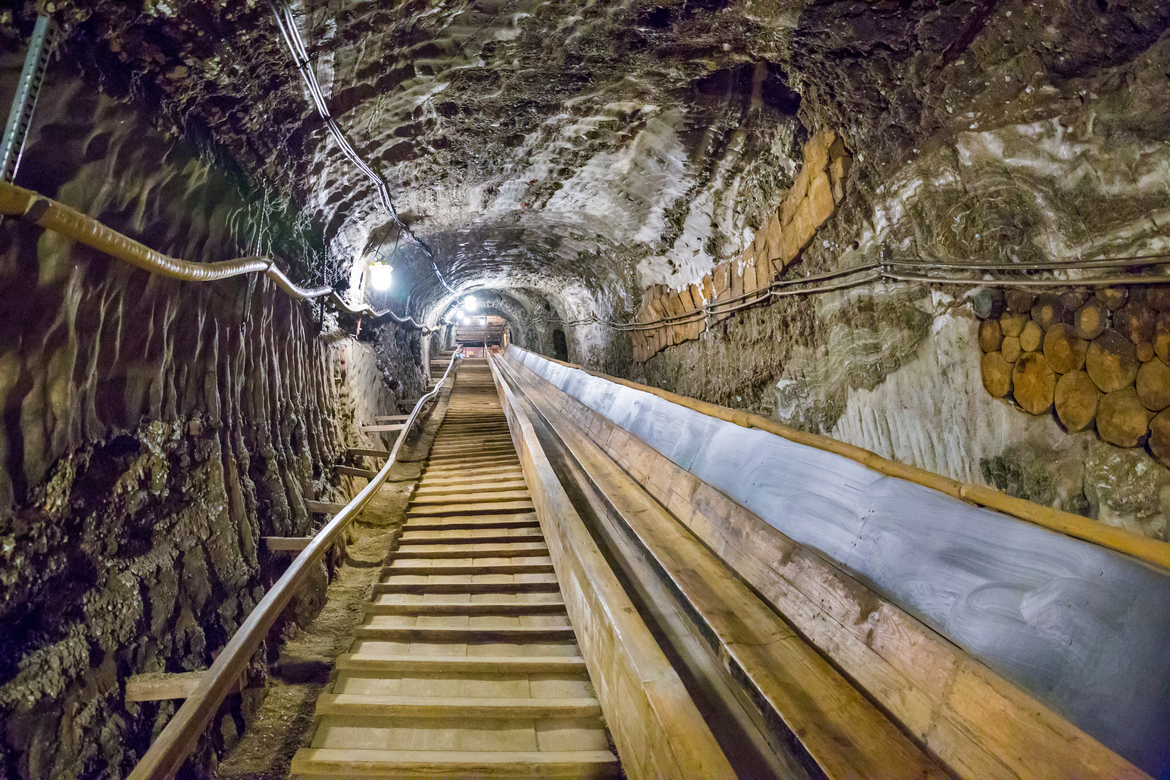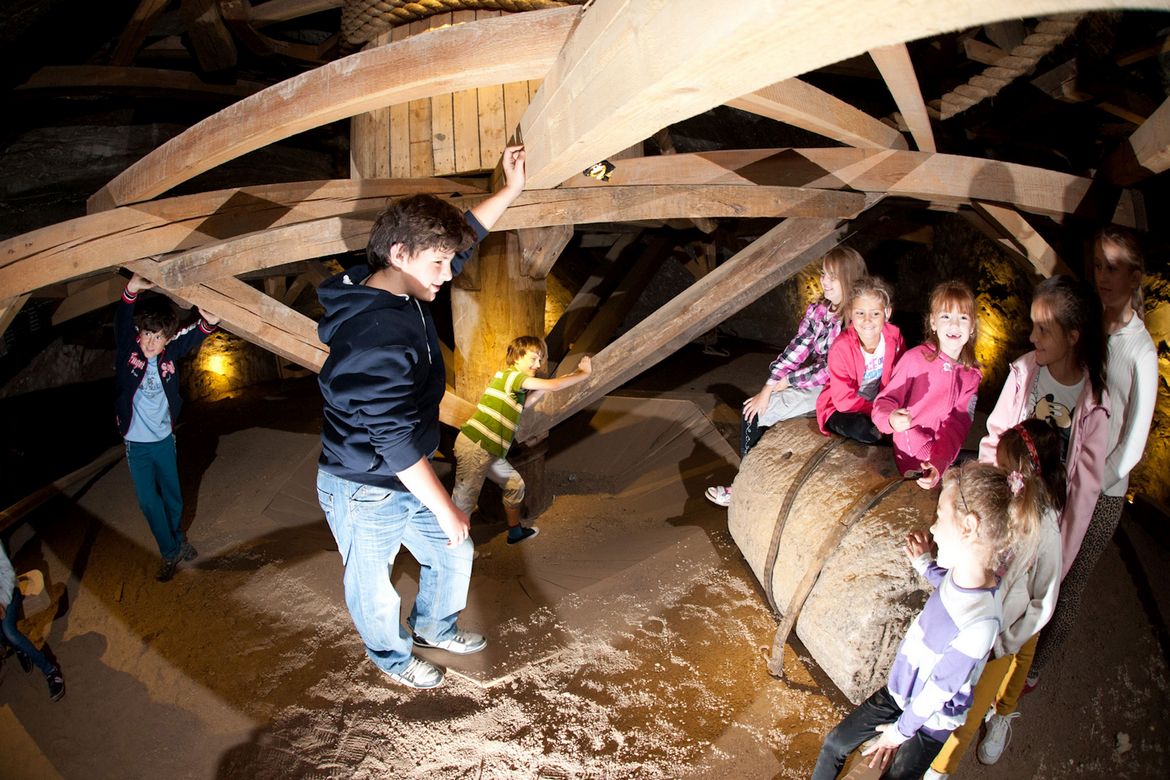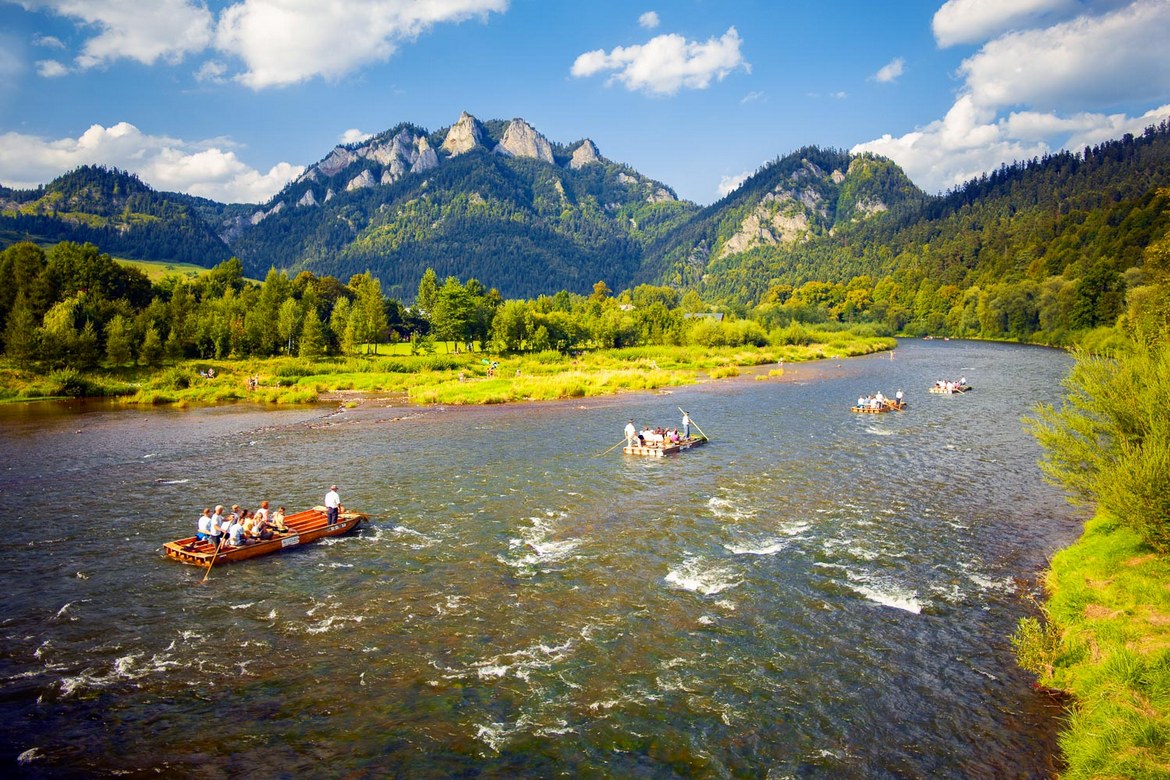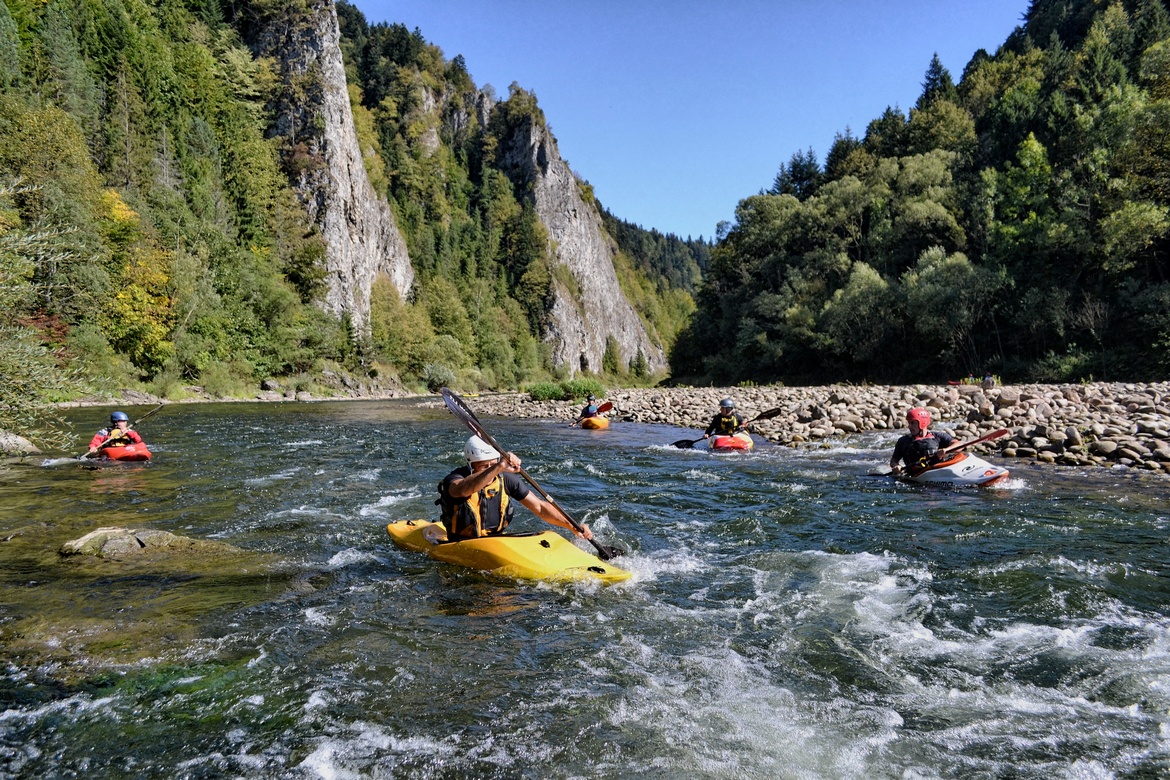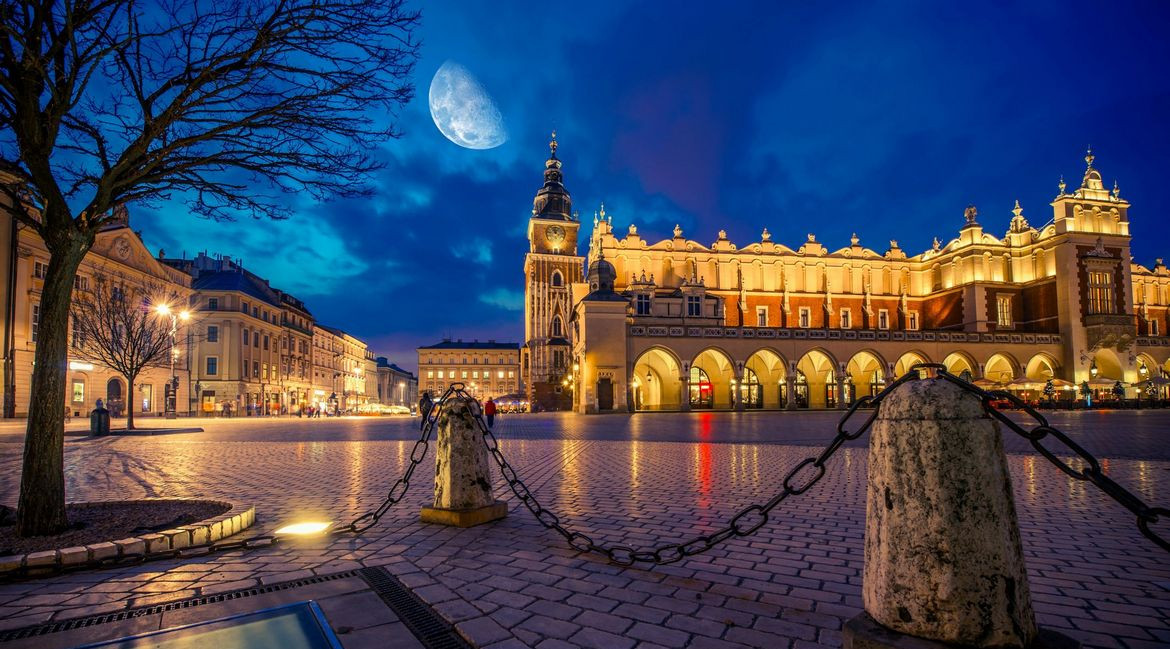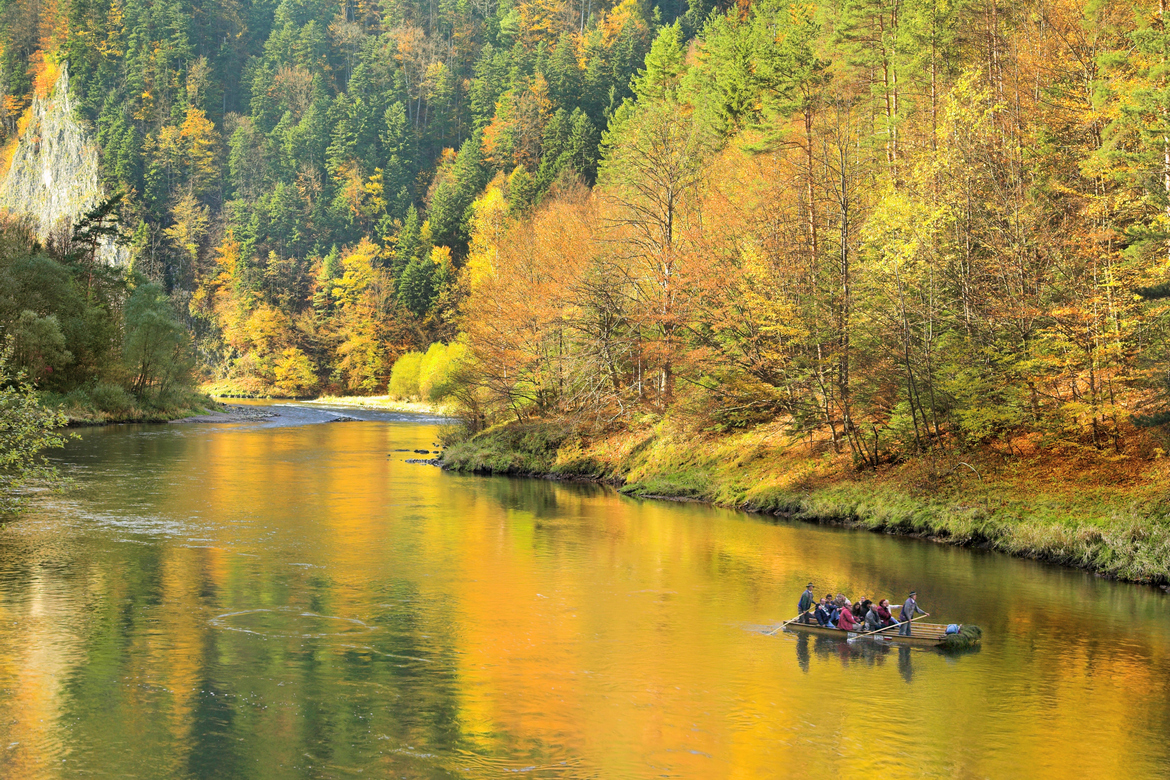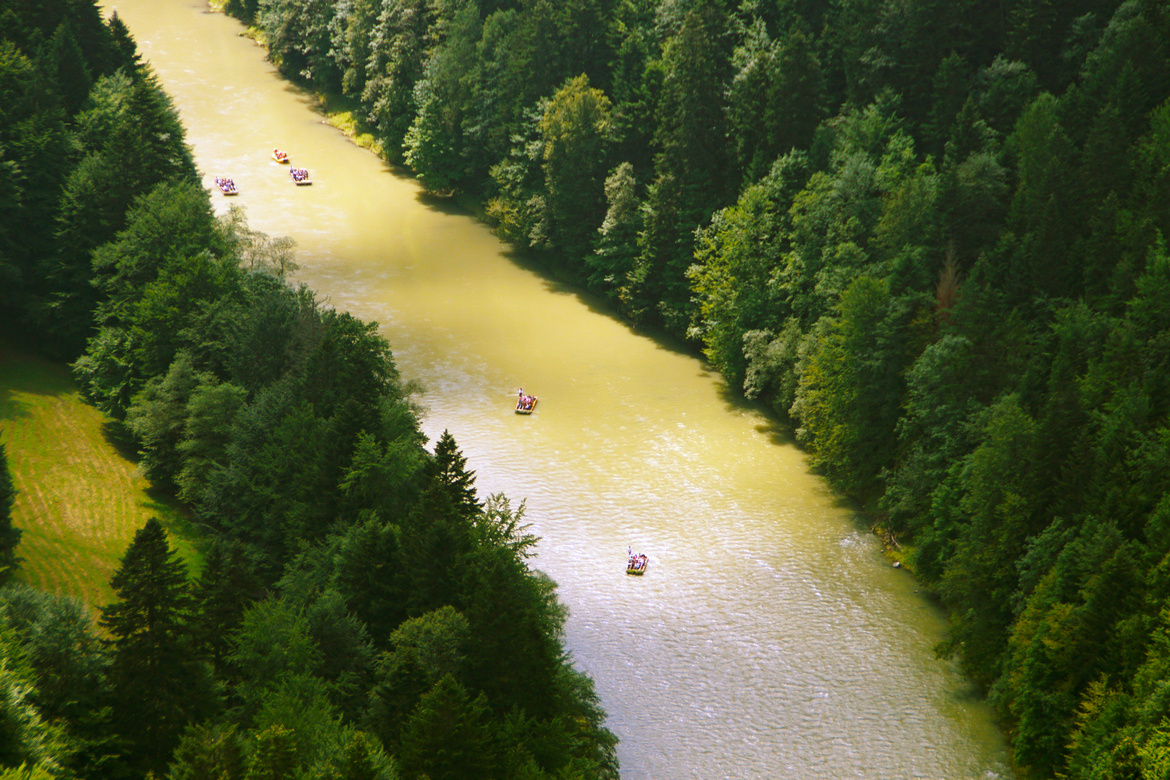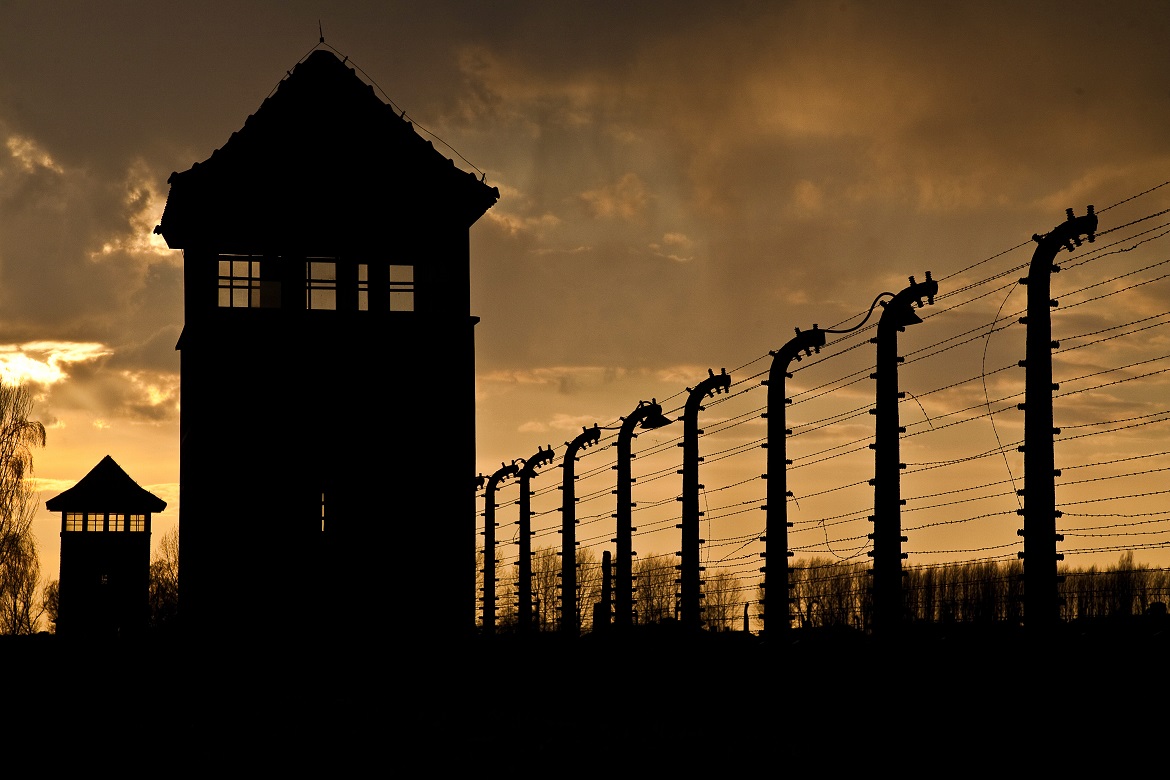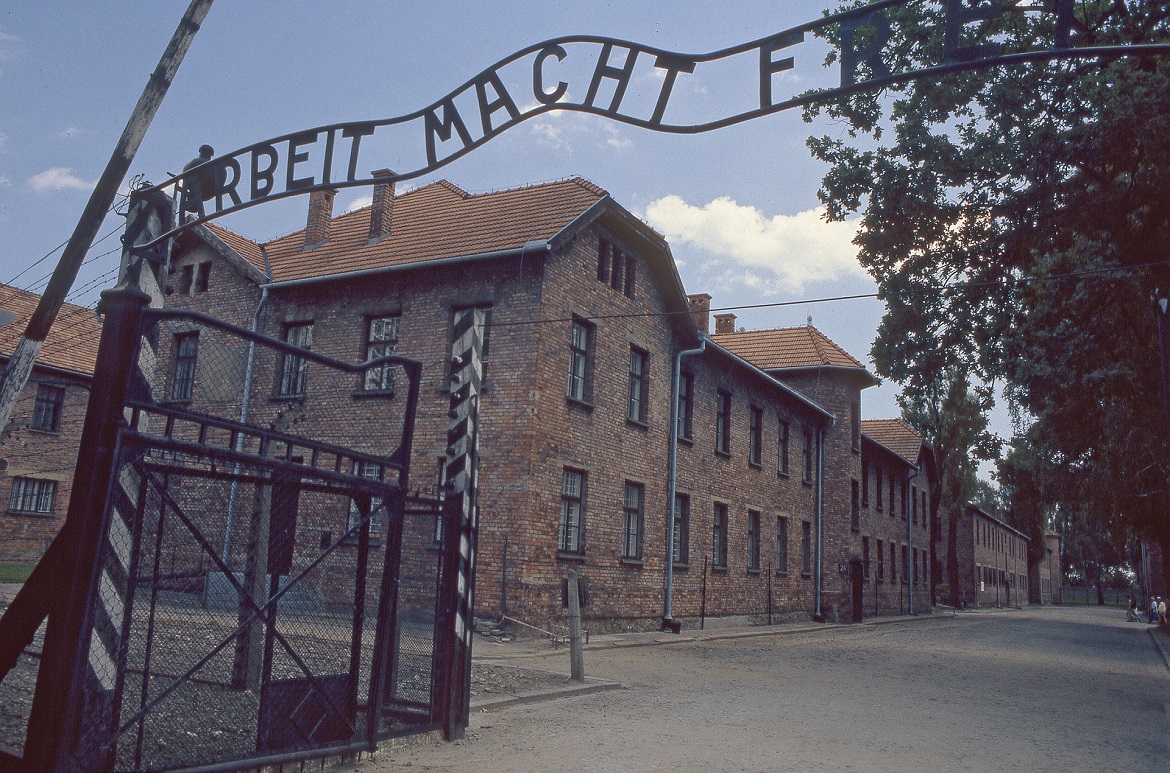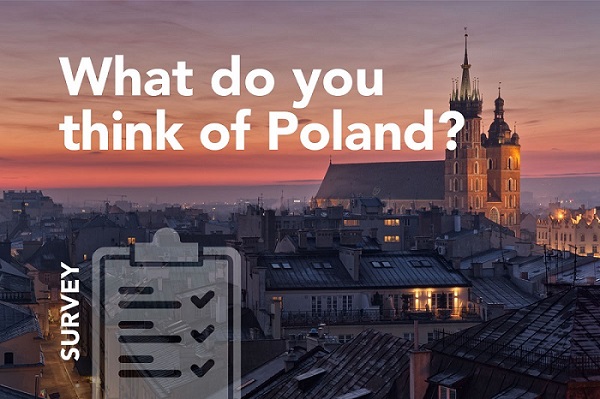Małopolskie Voivodeship
Malopolska (Małopolskie) Voivodeship Poland
The historic heart of Poland beats in Malopolska. It is a land that is also exceptionally rich in cultural and natural attractions. Tourists are attracted by the royal city of Kraków, the jagged Tatra foothills and Beskid peaks, numerous resorts and spas, thousands of kilometres of varied trails, picturesque lakes and unusual amusement parks. There are as many as six national parks in Małopolska – Tatra, Pieniny, Ojców, Babiogórski, Gorczański and Magurski – as well as five sets of sites on the UNESCO World Heritage List: The Old Town in Kraków, the Royal Salt Mines in Wieliczka and Bochnia, Auschwitz-Birkenau – the German Nazi concentration and extermination camp, Kalwaria Zebrzydowska and eight magnificent wooden churches and Orthodox churches.
The Malopolska Voivodeship is located in southern Poland. It is bordered to the south by Slovakia and on the Polish side by the Silesian, Świętokrzyskie and Podkarpackie Voivodeships. The capital of the voivodeship is Kraków. The Małopolskie Voivodeship covers an area of almost 15,200 km² and is one of the most attractive tourist regions in our country.
Awesome Malopolska
For centuries, it has resounded with the dramatic sound of Kraków’s bugle call and the colourful stories enchanted in the wood, brick and stone of centuries-old cottages, temples, manors and castles. It tempts visitors with the magnificent treasures of underground Wieliczka and Bochnia, enchanting them with the mastery of works of art and the beauty of the once mighty strongholds shattered by centuries of history. It gently hums with the racing waters of the Dunajec, Poprad and Vistula Rivers, but also murmurs with the waves of the lakes: Czorsztyńskie, Rożnowskie, Czchowskie and Mucharskie. It fascinates with the colourful legend of the Tatra Mountains and tastes delicious with excellent wine and delicious regional food.
The Tatra Mountains, Poland’s best-known and most popular mountains, although visited by millions of tourists, still remain a 'mystical’ place in Małopolska. It is not only Morskie Oko, Mt Kasprowy Wierch, Mt Giewont, and the valleys of Chochołowska and Kościeliska, but also less well-trod paths. From formidable crags and rock towers to crocus-flowered valleys, the tales of the hardy robber-band chieftains, once told by Sabała, the incomparable Podhale storyteller, are borne aloft on the wind. The refined strophes of Kazimierz Przerwy-Tetmajer and highlander notes transformed into masterpieces by Karol Szymanowski and Wojciech Kilar also continue to flow. Zakopane welcomes all, whether those who want to take a leisurely stroll along Krupówki and relax in luxury hotels, or hikers or skiers for whom high-mountain paths and picturesque ski runs await.
In this extraordinary land, you can embark on a journey to a simple shepherd’s hut, experience the serenity of a high mountain shelter, and even uncover the secrets of the place where knights have slept for centuries, all while Ludźmierz Gadzina reigns.
Artistry and beauty enchanted in wood
Małopolska is a great place to see treasures carved from wood. In this impressive treasure trove, there are 255 extraordinary pearls, threaded along the wonderfully beautiful Wooden Architecture Route. Eight of them – churches in Binarowa, Dębno Podhalańskie, Lipnica Murowana and Sękowa, as well as Orthodox churches in Powroźnik, Owczary, Kwiatoń and Brunary Wyżne – have gained recognition around the world by being inscribed on the UNESCO World Cultural and Natural Heritage List. It is worth mentioning that these temples are open all year round.
And yet many more of these pearls are generously scattered across the Małopolska region. The artistry of the old masters of the axe, saw, chisel and brush will lead you to Zakopane’s Jaszczurówka, Banica, Hańczowa, Iwkowa, Sobolów and Trybosz. Wandering along the path of artistic vision, we will see the Museum of Western Malopolska in Wygiełzów, as well as the picturesque open-air museums in Zubrzyca Górna, Sidzina, Zawoja, Dobczyce, Nowy Sącz… This is the only way to find unique works of art, picturesque churches, bulbous Orthodox churches, sprawling mansions and modest manor houses, as well as wooden villas, which are among the most valuable monuments of material culture in Małopolska.
Extreme attractions and unforgettable views
Paragliding, parachute jumping, extreme downhill biking, jumping rope, climbing vertical rock walls, walking along a sky-high ridge or maybe the lightning-fast, 142 km/h, 77-metre Hyperion at Energylandia? Whoever is looking for excitement and adrenaline in the Małopolska region is sure to find it.
A rafting trip down the Dunajec River Gorge can also make your heart beat faster. It is not only the effect of a swiftly flowing mountain river ‘breaking in’ on the wooden rafts, but also the fairytale view of the famous Pieniny peaks – Mt Trzy Korony and Mt Sokolica. A rafting trip down the Poprad River also guarantees considerable, if slightly different, excitement.
If you are not intimidated by mysterious chambers, gloomy galleries, strange creaks and noises, go to the Wieliczka Salt Mine, a wonder of nature forged by human hands. Underground, salt-carved chambers resounding with Chopin’s music, salt sculptures, salt snowmen, emerald lakes, hiking and mining trails, and even a spa, inn and comfortable accommodation in a healing chamber with an underground brine graduation tower and reading room await. A boat trip, which is also a unique attraction in the world, multimedia tours through a salt flooded chamber, and overnight stays are also on offer at the Bochnia Salt Mine. Therefore, there is no shortage of attractions in the minesincluded in the prestigious UNESCO List. When you further realise how many metres of ground are above you head, an adrenaline surge is guaranteed!
In the footsteps of Saint John Paul II
The Karol Wojtyła Route in Wadowice is 4.5 kilometres long and has 14 points of interest It features, among others, the multimedia Museum of the Holy Father John Paul II Family Home (with the Wojtyła family’s modest flatreconstructed on the first floor), the Basilica of the Presentation of the Blessed Virgin Mary (the place of the baptism, First Holy Communion and confirmation of the future Pope), the Market Square (today’s John Paul II Square) extending in front of the church that he used to walk across to go to school every day, the synagogue, and last but by no means least, the former Karol Hagenhuber Confectionery, where Karol used to eat his beloved kremówki (cream cakes).
The Passion and Marian Sanctuary in Kalwaria Zebrzydowska, a UNESCO World Heritage Site, has for 400 years been a place of pilgrimage to the miraculous image of Our Lady of Kalwaria, who ‘heals, reigns and comforts’. They were often visited by Karol Wojtyla. The complex, known as the Polish Jerusalem and picturesquely located in the Makowski Foothills, consists of much more than the Basilica of Our Lady of the Angels and the Bernardine Monastery. It also features a complex of dozens of picturesque chapels and wayside churches and a Mannerist Park. Once a year Kalwaria Zebrzydowska revisits biblical times, reliving the death of Christ in a spectacular Mystery of the Passion of the Lord.
However, anyone wishing to follow in the footsteps of Karol Wojtyła in Małopolska would be wise tobe prepared for a long stay in the region. Indeed, there are few places that the future John Paul II did not visit.
Actively – Małopolska from the saddle
Cycle paths are a great way to grasp the vastness of the attractions of Małopolska. There are not only hundreds of kilometres of VeloMałopolska trails, but also thousands of kilometres of paths – of varying degrees of difficulty – leading to the most remote corners of Małopolska. They are modern and safe. They offer special Bike-Friendly Places, unforgettable views and great adventures.
The VeloDunajec, a trail regarded as the most beautiful in Poland, is nearly 250 km long. It begins in Zakopane and ends in Wietrzychowice, where the Dunajce River flows into the Vistula River. The path crosses seven mountain ranges, arrives in front of seven mighty strongholds and goes around three large lakes. It connects with the Trail Around the Tatra Mountains, partly shares the route with the VeloNatura / EuroVelo 11 and meets the Vistula Cycling Route in Wietrzychowice.
The Malopolska section of the Vistula Cycling Route leads along the Vistula River valley from Jawiszowice to Szczucin. Along the way, there are among others, Oświęcim and the Auschwitz-Birkenau Museum, Royal Kraków and the Royal Castle in Niepołomice, charming Hebdów, and the Museum of Road Building in Szczucin.
Through Małopolska run the VeloMetropolis, i.e., the Małopolska section of the EuroVelo 4 (from Jawiszowice to Jodłówka Wałki, connecting, among others, Tarnów, Kraków and Oświęcim 220 km), as well as the VeloNatura, which is the Małopolska section of the EuroVelo11 (from Muszyna to Kościelec; 271 km), the VeloPradnik, the VeloSkawa, the VeloRaba, and the VeloRudawa…
The absolute ‘icing on the cake’ of the region is the Malopolska part of the Małopolska part of the Trail of Eagle’s Nest which features the most beautiful fortresses and the most beautiful limestone monadnocks of the Kraków-Częstochowa Upland. In addition to Wawel, which initiates the route in Małopolska, we will reach the gates of fortresses in Korzków, Ojców, Pieskowa Skała, Rabsztyn and, if we are willing to go off the trail just a little ways, we’ll reach the Tenczyn Castle in Rudno, too. The trail can also be covered on foot or by car.
Małopolska is criss-crossed by hundreds of trails and paths that can be covered not only by bicycle, but also on foot, on horseback, by car. These include The Trail of the Eastern Front of the First World War, the Trail of Wallachian Culture, theSouth-Western Cistercian Trail, the Main Beskid Trail, the Traditional Craft Trail, the Małopolska Route of the Romanesque Style, the Małopolska Route of Gothic Art, as well as the Silver Trail of the Olkusz Miners and the Dragon Trail in Kraków.
For gourmets and connoisseurs
Cuisine in Malopolska is a harmonious and at the same time wonderful combination of unusual flavours, both the raditional fare and more modern culinary styles. The region’s diverse experiences, traditions and turbulent history means that it can now boast as many as 230 delicacies and specialities that have made it onto the national list of regional products and 14 that are on the prestigious EU list of foods that bear certificates of Protected Designation of Origin or Protected Geographical Indication.
You can start your culinary tour of Malopolska with the Malopolska Gourmet Trail. It represents various traditions and culinary styles – from Podhale’s kwaśnica, moskole and bryjka, through Pieniny’s bryndzonka, gałuski and fizoły with plums, to prażucha, żur, Kraków zawiwińce and Lemko zalewajki and fuczki. Along the way, you can also taste Pogórzan prołziok and kaszanka, Beskid kołacze and cabbage with peas, as well as Lachian maczanka and łazanki.
Malopolska is a paradise for connoisseurs of delicious meats, fish, cheese, fruit, vegetables… everybody who likes traditional dishes and as well as those who prefer cuisine with a blend of modernity.
Excellent wine grapes are also born under the Małopolska sky. Although the wine traditions, the heart of which beat in medieval monasteries, have only recently been revived, the effects are already visible. As a result, you can already enjoy a glass of excellent wine with a view of, for example… the Tatras, the Gorce Mountains or the Tarnów region. Looking for fruity and floral notes in the process.
The Malopolska Wine Route is an incentive not only to get to know dozens of vineyards and their owners, but also to discover the regions where vines have developed so beautifully. A special opportunity for this is the Open Vineyard Days and numerous events organised as part of the ENOtarnowskie. The area around Tarnów is one of the most active and rapidly developing wine-growing regions in Małopolska.
Malopolska – does not hide its treasures
Małopolska is a region that has exceptional gems in its treasury. However, it does not hide them from guests, but shares them warmly. So that everyone can see, touch and even taste them.
For more tourist inspiration, visitmalopolska.pl

